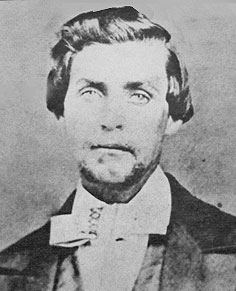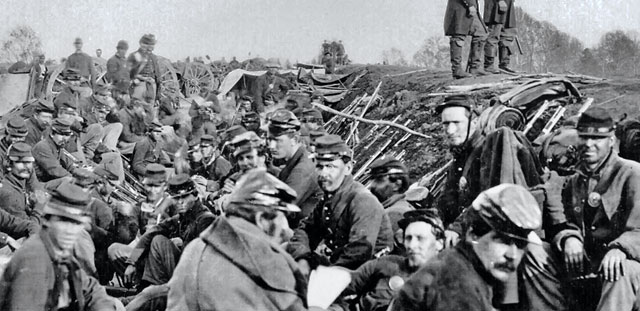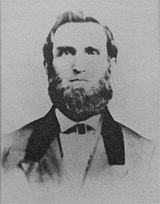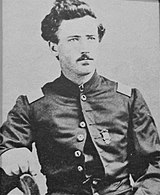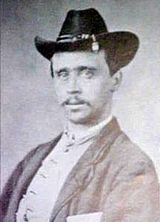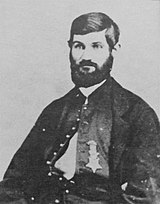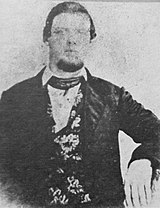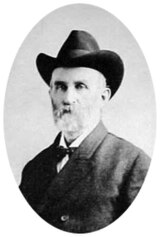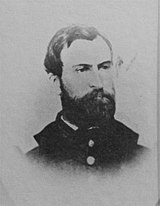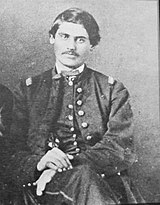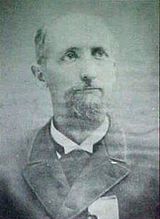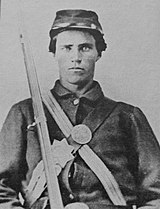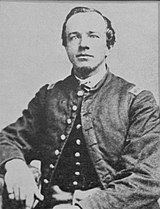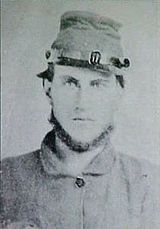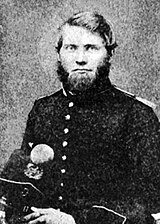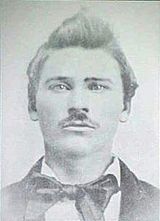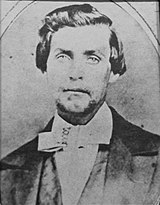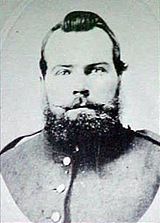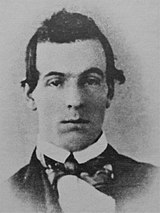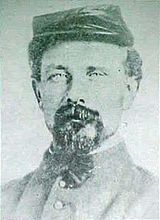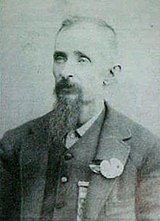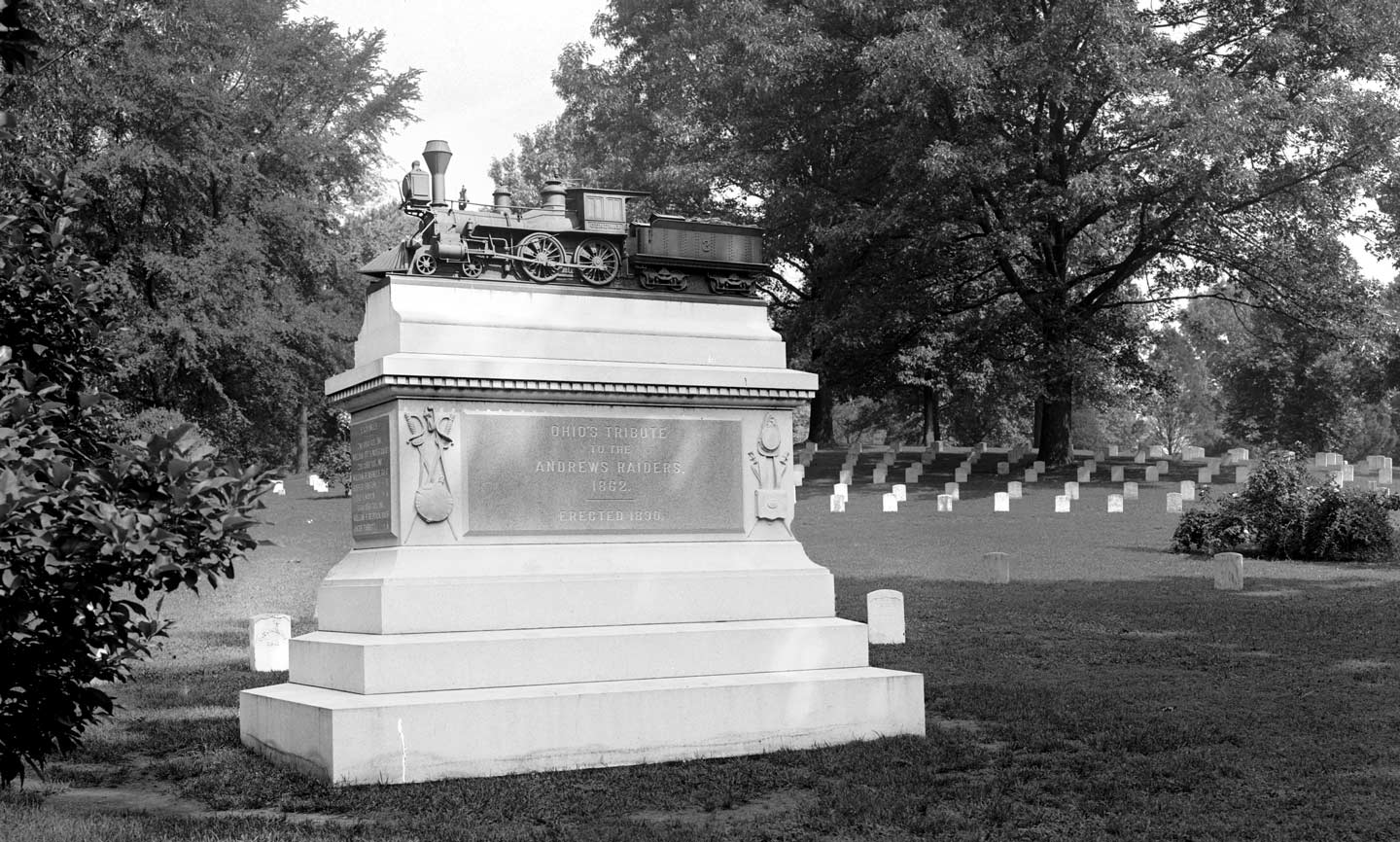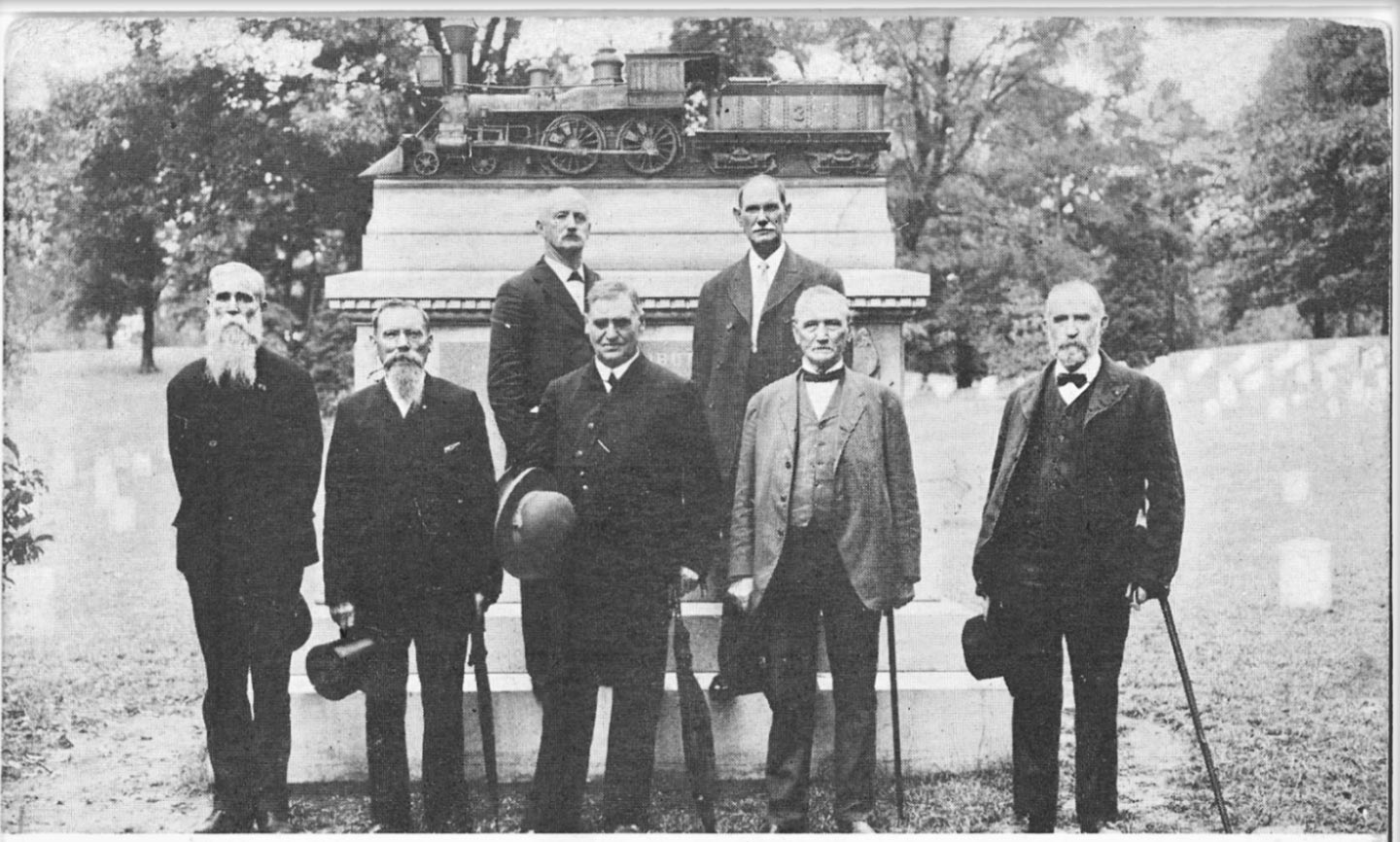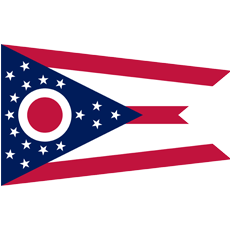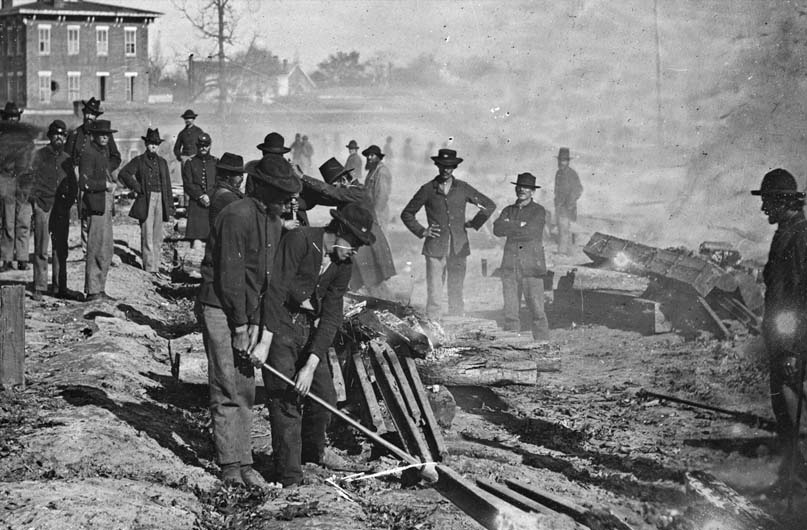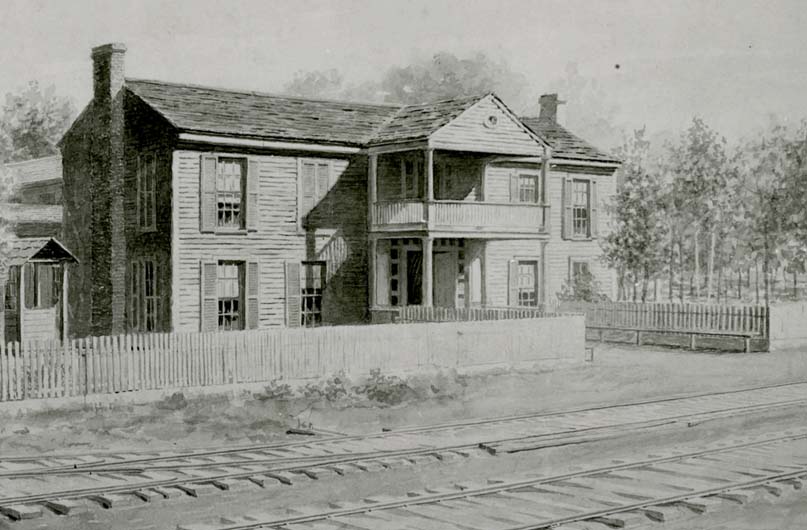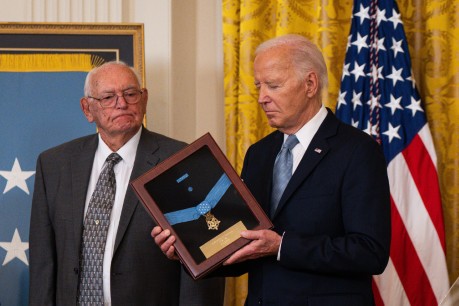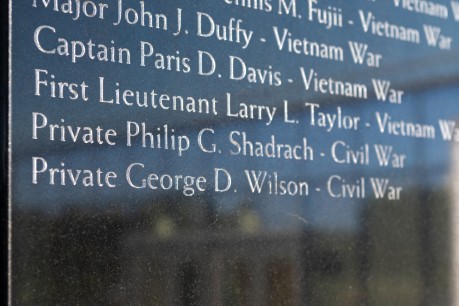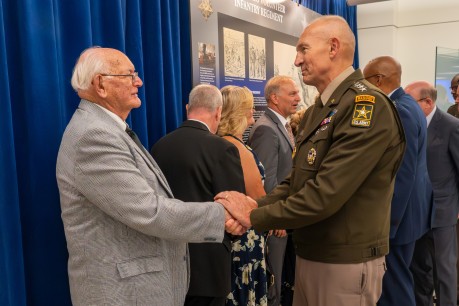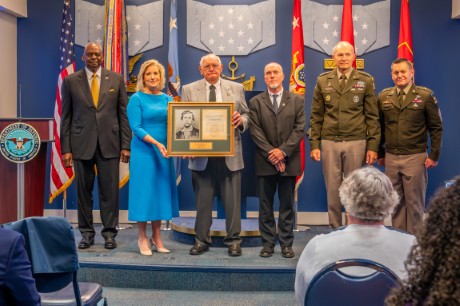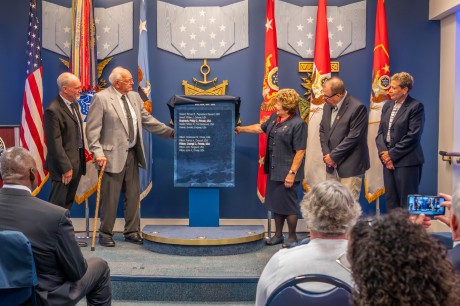Pvt. Philip G. Shadrach, a native Pennsylvanian and Union Army Soldier, was a Civil War hero and one of the participants of the famous Andrews’ Raid. He was only 21 years old when he volunteered for the dangerous mission, which ended with him paying the ultimate sacrifice for his country.
He was born in Somerset County on Sept. 15, 1840, to Robert and Elizabeth Shadrach, and was left orphaned at an early age. On Sept. 20, 1861, he decided to leave home and enlist in the Union Army’s Company K, 2nd Ohio Volunteer Infantry Regiment, for three years.
Like many other young volunteer Soldiers, Shadrach was willing to encounter both peril and hardship to fight for what he believed in. On April 7, 1862, he joined the dangerous undercover mission, which was later dubbed the Great Locomotive Chase, to capture a steam locomotive called the General behind Confederate lines at Big Shanty, Georgia.
Shadrach and others planned to destroy the railway that supported Confederate supply chains across the South. Posing as civilians, the men who are now known as Andrews’ Raiders infiltrated Confederate territory. He and 21 men commandeered the General and destroyed railroad tracks and telegraph wires as they made their way back north. However, the General’s conductor and search parties set out in hot pursuit, forcing them to flee and abandon their raid.
After it became clear that the mission had failed, Shadrach attempted to escape and evade, but was eventually captured. Shadrach was tried and convicted as a spy by the Confederates on May 31, 1862, in Knoxville, Tennessee, and was executed by hanging on June 18, 1862, in Atlanta, Georgia, alongside six of his fellow Soldiers. Shadrach demonstrated extraordinary courage, resolve and bravery up until the moment of his death.
Initially buried at the site of his execution, Shadrach’s remains were eventually moved to the Chattanooga National Cemetery on April 25, 1866, where he was laid to rest at last.

